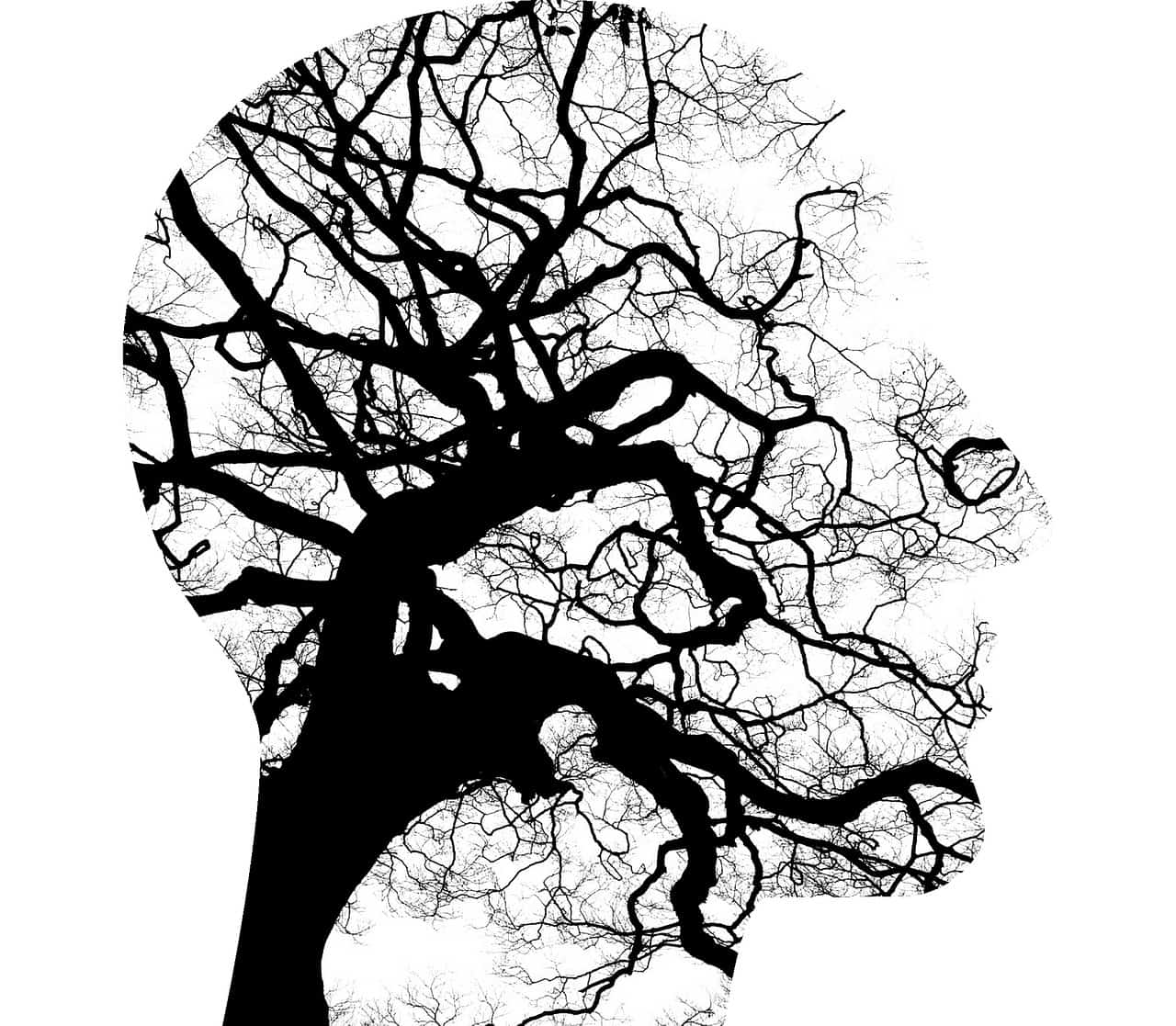
Hospice Care Can Help Navigate the World of Parkinson’s Disease
It can be scary to be diagnosed with Parkinson’s, and even scarier to face hospice care placement in San Francisco and elsewhere as the disease progresses to its end stages. But with the proper education and awareness, you will know what to expect and can rest easy. April is Parkinson’s Awareness Month, so let’s explore how hospice care can help navigate this progressive disease that affects 500,000 Americans, although some put that number closer to a million due to the many people who are undiagnosed.
First, let’s define what Parkinson’s is. PD for short, Parkinson’s is a neurodegenerative disorder that impacts primarily the dopamine-producing neurons in the brain (substantia nigra). Typically, symptoms show themselves slowly over several years, with general symptoms including:
- Tremors, mostly when at rest
- Limb rigidity
- Bradykinesia (slowness of movement)
- Balance and gait problems
Perhaps what’s so sad about this disease is that its cause is unknown and there is currently no cure, although lots of research is being done to change that. While Parkinson’s is not fatal on its own, serious complications arising from the disease can lead to the need for round-the-clock care. With possibly up to one million people suffering from Parkinson’s disease in the United States, that number is expected to increase to about 1.2 million by the year 2030, according to the Parkinson’s Foundation. The majority of PD cases are found in seniors over 65, but four percent of people with PD have been diagnosed before 50. Parkinson’s happens to be the 14th-leading cause of death in America.
How Hospice Helps PD Patients
The hospice setting plays a big role in the life of a Parkinson’s patient, as well as their family members. As PD progresses into the advanced stages, symptoms get more and more difficult to manage. Whether you receive hospice services in your home or a facility, your care team can work together to optimize your quality of life and that of your loved ones. Many people opt to engage in hospice at home. In this case, hospice care allows those with PD to remain in their home for their last days and months, surrounded by familiar settings and family members.
Hospice care teams are comprised of professionals and volunteers with expertise in the dying process and who can all work together to provide a wide range of helpful services. Those people can include doctors, nurses, social workers, chaplains, home health aides, and therapists skilled in anything from physical and occupational therapy to speech and music therapy. Volunteers can also visit the home to read stories, play games, listen to music, and just chat over coffee.
It can be difficult to pinpoint the right time to enter hospice. Typically, it may be the right time when the individual experiences significant medical problems on top of the PD, such as advanced-stage dementia, weight loss, recurrent pneumonia, urinary incontinence, pain, and infections, says the Parkinson’s Foundation.
Hospice care allows individuals to prepare for a quality, pain-free, and peaceful death surrounded by loved ones if they choose while providing bereavement support to surviving family members for up to a year.
Early Signs of PD to be on the Lookout For
If you or your loved one are not at the point of needing hospice care, or even realize you may have Parkinson’s, it’s important to know the early signs so you can take steps for early treatment and management.
Check out these early symptoms of Parkinson’s that may encourage you or a loved one to see a doctor. Not all of these signs necessarily mean that PD is present, but it’s better to get looked at and rule it out or in.
- Tremors: Slight shaking or tremors in thumbs, chins, fingers, or hands, especially while at rest.
- Small handwriting: Penmanship that has become smaller than before, with smaller letter sizes or crowded words.
- Loss of smell: The inability to smell certain foods well, such as licorice, pickles, and bananas.
- Difficulty sleeping: Trouble sleeping, thrashing about, sudden movements during sleep, and inability to get comfortable.
- Trouble walking: Stiffness in the legs, arms or whole body, can’t swing arms while walking as usual, with feet that feel stuck to the floor.
- Facial masking: Perpetual serious, sad or mad look even when happy (this is called facial masking).
- Dizziness or fainting: Dizziness upon standing from a chair, which is a sign of low blood pressure and may be connected to Parkinson’s disease.
- Stooped posture: Inability to stand up straight as before, with slouching, stooping, or leaning when standing.
Contact Pathways Home Health and Hospice
Our hospice unit caregivers are all trained experts in Parkinson’s care. We can set up an initial consultation to talk about our services, how we can provide the best care in your own home, and what you can expect during the process. To learn more about our offerings, call us at 888-978-1306.

